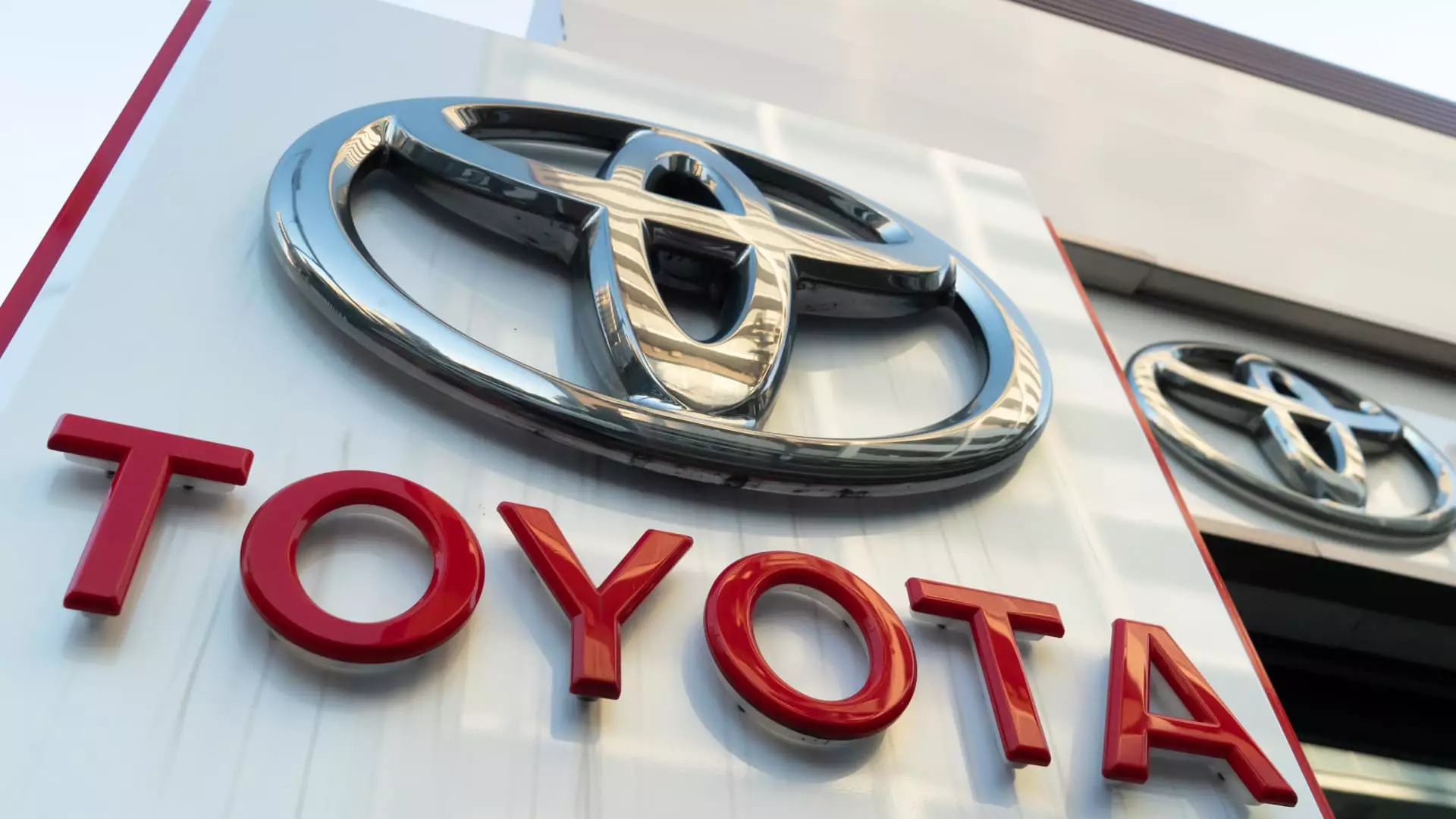The automotive industry stands at a critical juncture as it navigates the shifting tides of regulatory mandates concerning electric vehicles (EVs). Toyota Motor Corporation, a longstanding leader in the automotive sector, has raised significant concerns about the California Air Resources Board’s “Advanced Clean Cars II” regulations. These regulations, set to commence next year, stipulate that 35% of the vehicles manufactured for the 2026 model year must be zero-emission vehicles (ZEVs). This ambitious strategy, aimed at pushing for environmental standards, has ignited a heated debate about its feasibility and potential consequences for consumer choice across the United States.
Jack Hollis, chief operating officer of Toyota North America, articulated the automotive giant’s skepticism during a virtual media session. He described the mandated targets as “impossible” to achieve, citing a stark disconnect between the current market demand for EVs and the regulations’ ambitious goals. Hollis emphasized that based on current sales data, it is difficult to envision a scenario where consumer interest aligns with such stringent mandates. He argued that these measures could inadvertently limit vehicle choices for consumers, as automakers scramble to meet impractical targets rather than evolving their offerings based on actual consumer preferences.
The assertion is backed by J.D. Power statistics, revealing that as of this year, states like California lead with only 27% of retail sales being electric or plug-in hybrid vehicles (PHEVs). In contrast, many other states lag behind significantly, showcasing the uneven adoption of electric vehicles across the nation. The only way for manufacturers to conform to the mandates, according to Hollis, is to engage in “unnatural acts” of prioritizing EV production over other vehicle types, thereby distorting the market in ways that do not reflect genuine consumer demand.
The Broader Implications for the Industry
The situation poses broader implications for the automotive industry as a whole. It raises critical questions surrounding the viability of regional standards versus a unified national approach to vehicle emissions. Hollis noted the industry’s preference for a single national standard—a sentiment echoed by numerous stakeholders within the automotive sector. Maintaining disparate regulations across states could lead to inefficiencies, supply chain disruptions, and an uneven playing field for manufacturers aiming to cater to varying state policies.
The prospect of changes in federal leadership adds another layer of complexity. The potential revival of legal battles reminiscent of those during the Trump administration, aimed at curbing states’ rights to enforce stringent emissions standards, injects uncertainty into the future of electric vehicle regulations. Hollis expressed a hope that collaborative discussions among states, federal officials, and the automotive industry would pave the way for more reasonable and achievable regulations.
From a consumer standpoint, the rapid transition to electric vehicles raises concerns around choice, availability, and cost. If manufacturers are compelled to skew their production towards EV models to adhere to mandates, there is a legitimate fear that traditional vehicle offerings could dwindle. Consumers who prefer gasoline-powered vehicles or who may not have access to charging infrastructure could find themselves with limited options.
Moreover, the affordability of EVs remains a significant barrier to widespread adoption. With average prices trending upward, the transition to an all-electric lineup could alienate budget-conscious consumers. The regulatory environment must consider these realities to avoid a chasm between the ambitious goals of environmental sustainability and the practical needs of the consumer market.
The discourse surrounding California’s electric vehicle mandates reflects a critical intersection of regulatory ambition, market demand, and consumer choice. As the automotive industry grapples with these challenges, it must navigate a path that fosters innovation and sustainability while ensuring that consumer preferences are at the forefront of this evolution. A collaborative approach among stakeholders—comprising regulators, automakers, and consumers—will be essential in constructing a roadmap for a balanced transition to electric vehicles that is both achievable and beneficial to all involved. Only through open dialogue and a commitment to shared goals can the automotive industry hope to meet environmental targets without sacrificing consumer choice and industry integrity.


Leave a Reply